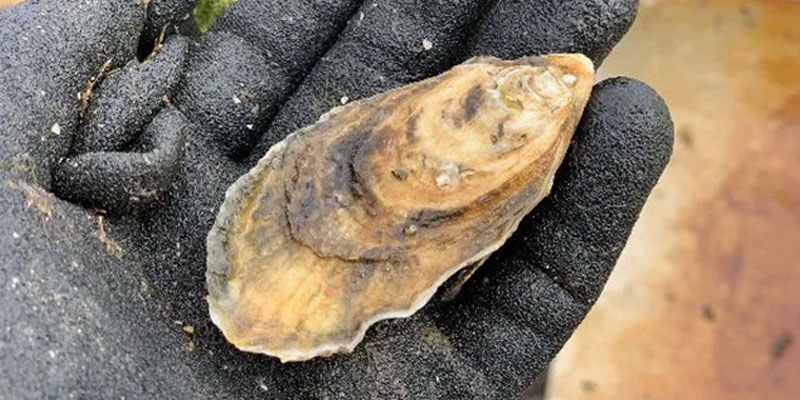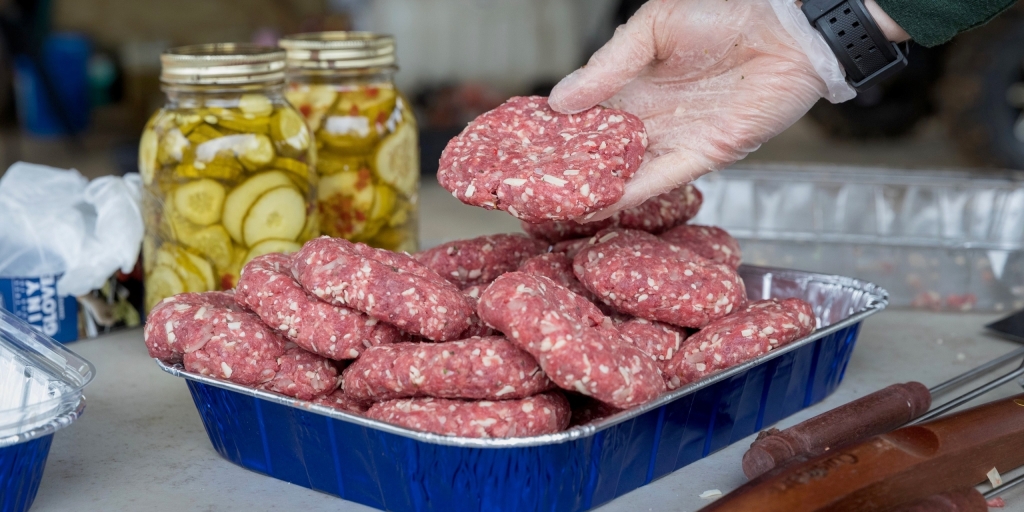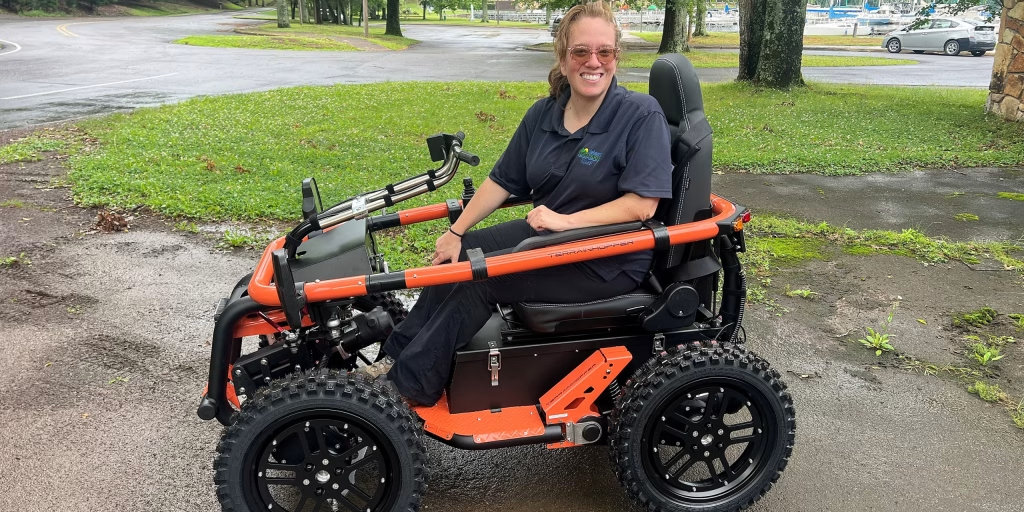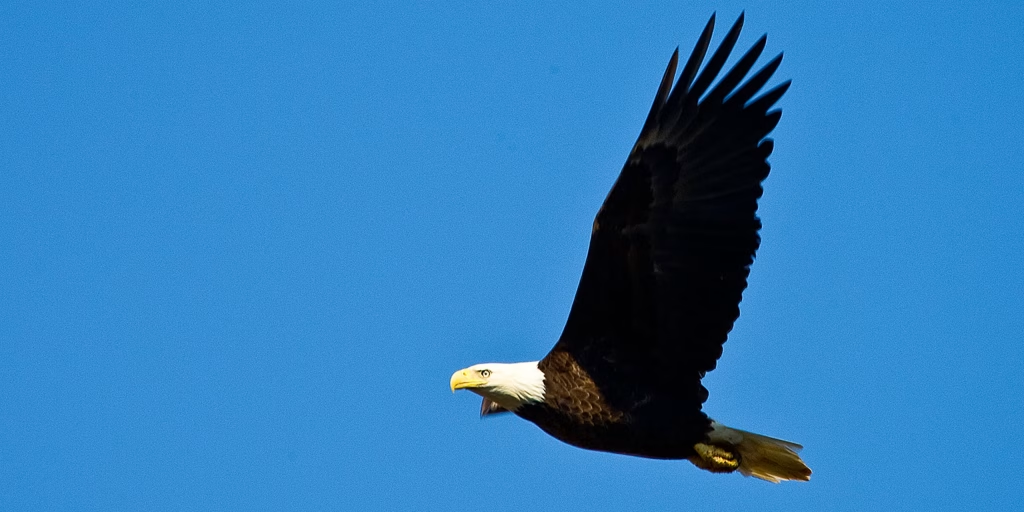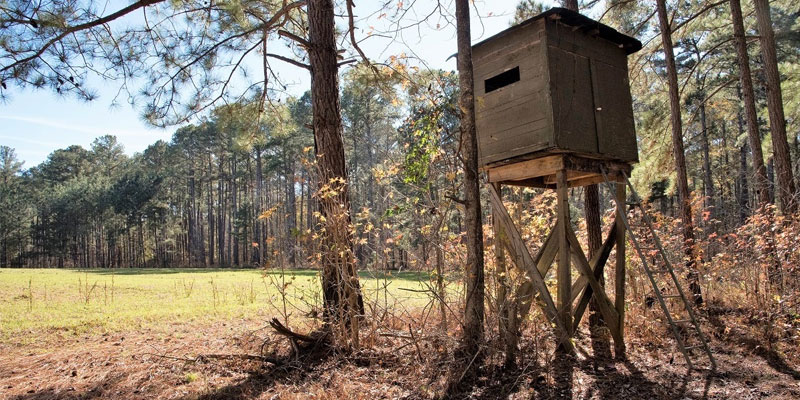A new program is helping oyster farmers hurt financially by the COVID-19 pandemic while simultaneously improving oyster reefs on the Gulf Coast.
The Concerned Oystermen Restoring Estuaries (CORE) program buys surplus, oversized oysters from farmers and redeploys them in wild reef habitats in need of restoration. LaDon Swann, director of the Mississippi-Alabama Sea Grant Consortium (MASGC), said the pandemic-related closings of restaurants left Gulf Coast oyster farmers with thousands of unsold oysters and an immediate cash crisis.
“We feel bad for the farmers and wish we didn’t have to do this, but when you have farmers saying that they are going to go out of business, you got to do something,” Swann said. “That’s what Sea Grant is all about.”
CORE program helping oyster farmers survive COVID-19 from Alabama NewsCenter on Vimeo.
By the time restaurants started opening back up, many of the oysters had grown too big for restaurants to serve. That’s where MASGC stepped in, buying the “big uglies” and then placing them in areas needing more oysters.
“We’re doing restoration but at the same time we’re helping farmers,” Swann said. “It’s truly been one of those win-win type opportunities where the farmers win, the resource wins – everyone wins here.”
The first pickup happened Aug. 4 when more than 22,000 oversized oysters were purchased from four Alabama farmers and deployed on a Gulf Coast fishing reef just south of Coden. Rusty Grice, an oyster aquaculture business specialist at Auburn University’s Shellfish Lab at Dauphin Island, said the Alabama Marine Resources Division (AMRD) picked the spot because it is one of several locations AMRD is trying to rehabilitate.
“The wild reefs in Alabama have struggled for a variety of environmental reasons over the past few years, so just having more animals in the water and more shell in the water gives them an opportunity to recover,” Grice said. “It’s a little bit painful for the farmers to deploy oysters, but it’s farming, and any crop you grow, there are often challenges, such as what to do if you have excess production, so this was a nice fit for that.”
The AMRD, the Mississippi Department of Marine Resources (MDMR) and the Mobile Bay National Estuary Program (MBNEP) helped MASGC get the program launched. Grice said the partnerships are critical to the program’s success.
“Oysters are among the most highly regulated food products,” Grice said. “The coordination between the Alabama Marine Resources Division – what you’re doing with the oysters and where you’re putting them, has to be documented. They were very helpful.”
The program was initially funded by MASGC but received a boost when the Alabama Power Foundation supplied additional funding to support participating Alabama farmers.
“It’s allowed us to expand this opportunity beyond what we initially had planned to do,” Swann said. “I can’t thank the Alabama Power Foundation enough for the support they have provided. It’s just great.”
Grice said more oyster deployments are planned in October or November.
“Since those initial deployments, we’ve had communications from those farmers and others who are looking forward to having another round of deployments,” Grice said. “It won’t be too long from now, because of the immediate needs of the farmers.”
Swann believes the program will be a long-term success because of the farmers.
“I’ve always found that if you want to take a research idea and see it improved, put it in the hands of farmers,” Swann said. “A lot of the innovation occurs at the farm level. They’re really smart people and they’re really innovative. We’re going to adapt and a lot of how we go forward will probably be based on input from the farmers.”
To learn more about oyster farming in Alabama, visit alaquaculture.com.
(Courtesy of Alabama NewsCenter)




